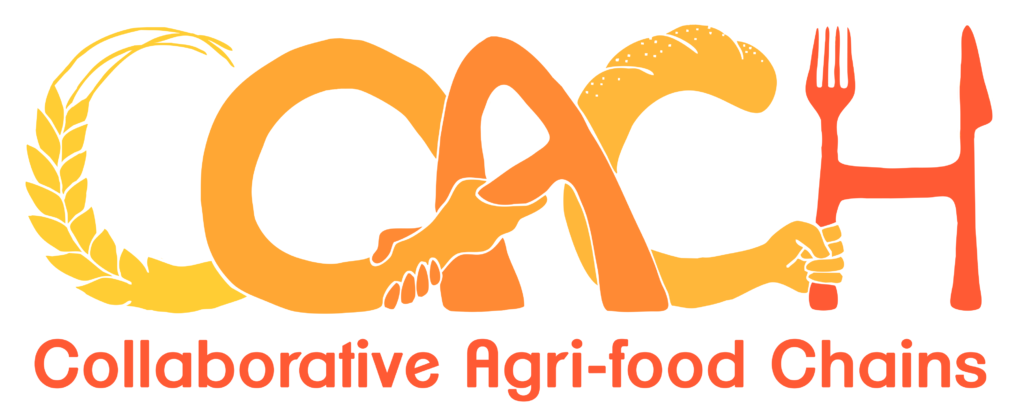How to assess Cost & Benefits?
Practical tools from the COACH project
Assessing costs & benefits
Assessing costs and benefits of a SFSC initiative is not an easy task. The impacts of a SFSC initiative on the stakeholders involved, as well as on the society and the territory where it is embedded, can vary a lot depending on the typologies of actors, the geographical and socioeconomic context, the typology of initiative, and other factors.
Measuring or estimating those impacts is made difficult by the high heterogeneity of SFSCs initiatives and their frequent high level of informality, coupled with the strong interconnection between different production processes and distribution channels. Indeed, in order to be viable on the market, small and medium producers often diversify their production as well as their marketing outlets, selling on a combination of different short and long distribution channels.

Qualitative vs quantitative assessment
The impacts of a SFSC initiative can be assessed both quantitatively, collecting or estimating numeric data, and qualitatively, collecting non-numerical data on opinions, motivations and perceptions underlying the behaviour of the involved producers.
Sometimes, the two methods are combined, in order to support the quantitative evidence with qualitative explanations.
Indeed, a combined methodology was designed and employed in the costs & benefits analysis within the COACH project, which forms the basis for the two tools provided here:
Results from the COACH project
The qualitative and quantitative methodologies underlying the practical tools presented in this Learning Module were designed within the COACH project and implemented to a number of case studies.




